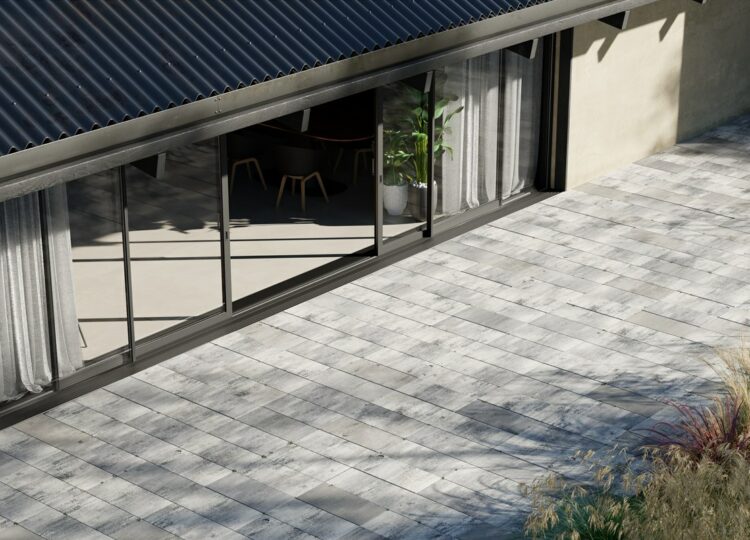Buying paving stones does not have to be difficult at all. Learn 4 simple rules followed by the designers to make the surface around your house practical and really good-looking.

To make the house and the surface around it coherent, we should choose paving stones or slabs and the way they are arranged according to the style of our property:
It is important because of the choice of product thickness and thus reducing the possibility of cracking under inappropriate loads. Concrete surface is most often chosen for sidewalks, terraces, finish trims around the house, driveways and car parks. On surfaces intended for walking, you can use paving stones and slabs that are 4-5 cm thick. If the movement of passenger cars is planned on the surface, you need to choose 6-7-centimeter products. Truck traffic requires the paving stones to be used on the surface to have a minimum thickness of 8 cm.
Broadly speaking, we can divide paving stones and slabs into: small; medium; large and extra large. The choice of the most proven sizes is supported not only by visual considerations, but also practical ones: the paved surfaces should be comfortable to use, and their laying should not generate large costs.
It should be chosen according to the simplest rules: in order to avoid chaos, it is best to limit ourselves to 2-3 colors of paving stones or slabs, which we harmoniously match to the color of the roof, facade or other dominant element in the surroundings. Let’s limit the number of used shapes, types of surfaces and patterns. We should remember: more does not always mean better.
When combining colors, shapes and patterns in the space around your home, it is easy to fall into the trap of too much uniformity or aesthetic chaos. What to do to prevent this?